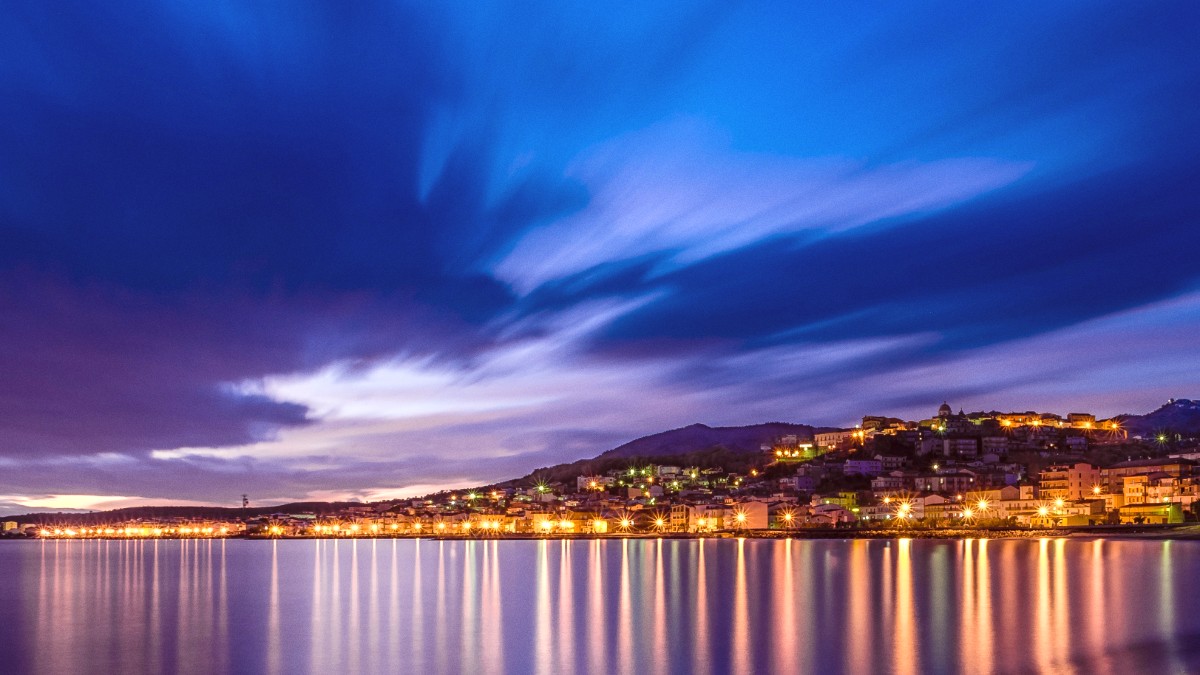
Italy
Local mobile operators like TIM, Vodafone, WindTre, and Iliad offer prepaid plans. Purchase a local SIM card at airports or brand stores; a passport identification is part of the process. Your phone must be unlocked for a local SIM.
ESIMs present a seamless digital connectivity option for international visitors, allowing activation before arrival. Access to mobile data (4G/5G) is good in urban areas, with some limitations in remote regions.
Shops typically observe a traditional mid-day break (pausa pranzo) from 1 PM to 4 PM/5 PM, reopening until late evening. Larger supermarkets may have continuous hours.
Many businesses close for public and religious holidays. Restaurants and attractions in tourist areas generally stay open, but reduced public transport schedules occur.
Calabria's pristine natural beauty calls for mindful interaction from visitors.
Calabria hosts three major national parks (Pollino, Sila, Aspromonte), dedicated to preserving biodiversity and landscapes. Respect park rules.
Recycling is common; familiarize yourself with local waste separation. During dry summers, be mindful of water usage.
Consider offsetting flight emissions. Prioritize trains and buses, or rent fuel-efficient cars to minimize your footprint.
Choose accommodations with eco-certifications or waste reduction programs. Support local farmers by staying at an agriturismo.
Offset your flight emissions through reputable carbon offset programs. Prioritize public transport over private cars.
Tailored advice for various traveler types and accessibility.
Calabria is safe for solo travelers. Standard precautions include informing someone of your itinerary and avoiding poorly lit areas at night.
For group travel, planning ahead is for smooth logistics.
Family-friendly stays make travel with children more comfortable. Apartments with kitchens allow for self-catering.
Car rental is often the optimal choice for families, offering flexibility and space for gear.
Calabria's varied terrain and historic infrastructure present unique challenges for travelers with mobility needs.
Many historic centers feature narrow, cobbled streets, steep inclines, and numerous steps. Older public buildings and transport may lack ramps.
Newer buildings, modern hotels, and major museums are more likely to be accessible. Private taxis may be necessary for reliable travel.
Services for visual or hearing impairments are generally limited. Travel with a companion or rely on assistance from operators.